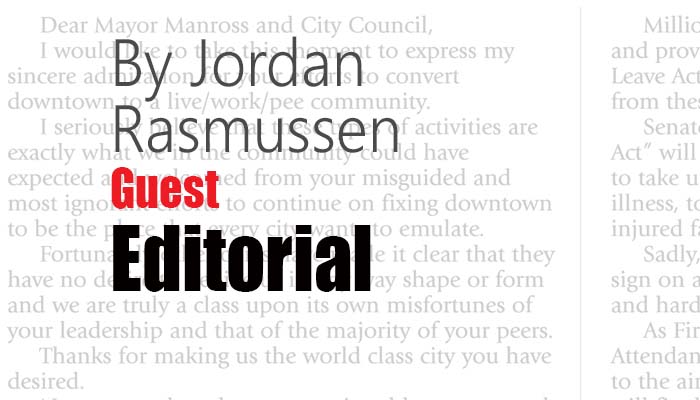Rural America has once again taken its place in the national health care debate. Across America, analysis shows that rural counties would have shouldered much of the cost shift of the proposed and now dead American Health Care Act.
On average, people in rural counties tend to be older, have lower incomes and have less choice when it comes to providers and insurers.
Under the proposed legislation, in rural pockets in Nebraska, Arizona and Tennessee, those aged 60 and older and earning less than $30,000 would have seen out of pocket premiums rise by at least $1,000 per month. In some Arizona counties, premiums would have increased by 966 percent. This increase would be cost prohibitive for low-income older rural adults and inhibit their ability to purchase sufficient coverage to meet preventative and maintenance care needs. Many would simply forgo coverage.
Despite the withdrawal of the vote on the American Health Care Act and the indefinite postponement of discussion on replacing the Affordable Care Act, health care access remains a challenge for rural residents. Staffing shortages, insufficient mental health services, the costs of caring for an aging population and the threat of hospital closures all stand as limitations to care. Additionally, insurance is a mirage for millions who remain in the coverage gap due to the decisions of a preponderance of rural states not to expand Medicaid coverage.
While the realities of rural America continue to garner nationwide interest, it is time for rural states to also take interest and take a step toward improving access to care by expanding Medicaid.
Jordan Rasmussen, jordanr@cfra.org, Center for Rural Affairs
– Established in 1973, the Center for Rural Affairs is a private, non-profit organization working to strengthen small businesses, family farms and ranches, and rural communities through action oriented programs addressing social, economic, and environmental issues.





